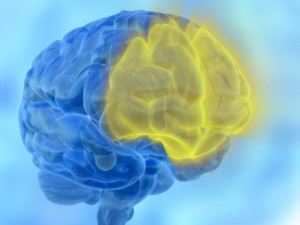Piano Teachers Must Be Neuroscientists
The familiar mantra “practice makes perfect” may be taken too literally. The definition of effective practice as the constant repetition of a particular exercise – a golf swing, a tennis serve, a dance step – is faulty, as it turns out.
Time has reported on a study published in Nature Neuroscience by neuroscientists at the University of Southern California and UCLA. The study compares the results of repetitive, “constant practice” with the results of “variable practice.” In one experiment, scientists instructed a group of subjects to copy a movement with their forearm as displayed by a line on a computer screen. One group representing constant practice repeated a movement holding their arm at 60-degrees 120 times. The variable practice group was asked to do the same 60-degree movement only 60 times, but they were also asked to do three other movements 20 times each. The two groups did equally well in practice. However, when they were retested 24 hours later, the variable practice group outperformed the rote repetition group on the 60-degree task.
So, variable practice works – but why? Some of the subjects from each group were treated with transcranial magnetic stimulation (TMS). A portion of each group had TMS in the prefrontal cortex, and another portion received TMS in the primary motor cortex. The prefrontal cortex is the part of the brain that allows for executive functions like reasoning and planning while the primary motor cortex deals with simple, physical task learning. Fittingly, when the prefrontal cortices of variable-practice group members were “messed with” by TMS, the performance of the participants declined. Performance levels also decreased when constant-practice subjects underwent TMS in their primary motor cortices. It seems that “tedium is bad for the brain,” and it needs variety to actively learn by using higher structures like the prefrontal cortex to better retain what has been practiced.
It would be interesting to find out whether or not this concept applies to different types of learning, like studying for exams or playing an instrument. Even when training a dog, it is suggested to work amid distractions and to increase the time between clicking the “clicker” to let the dog know it has performed a task correctly and rewarding it with a treat. A higher level of focus seems to occur when there are more variables in the practice routine. My piano teacher must have been on to something when she gave me so much homework!
Study: Why Athletes Should Mix Sports-Training Routines – Time
Article: Practice Structure and Motor Memory -Nature Neuroscience
